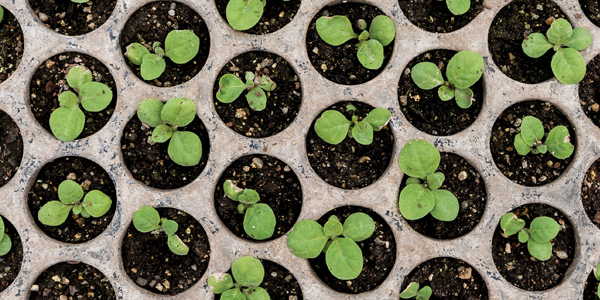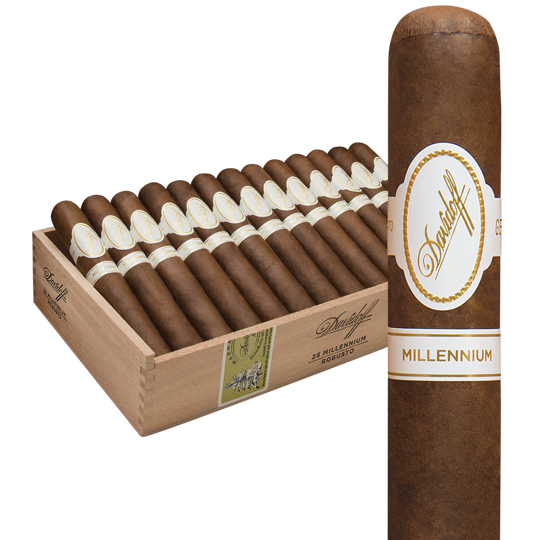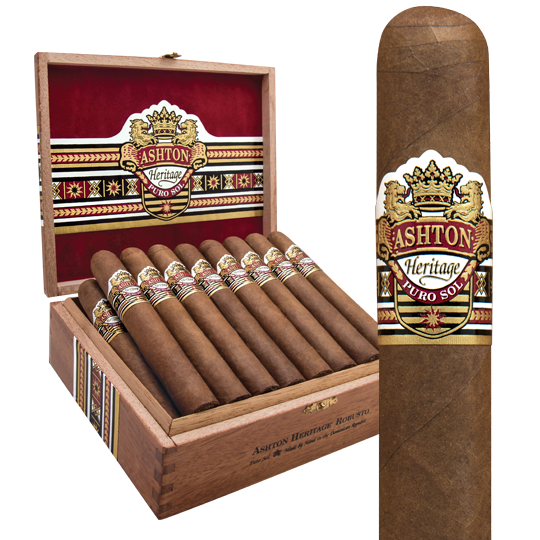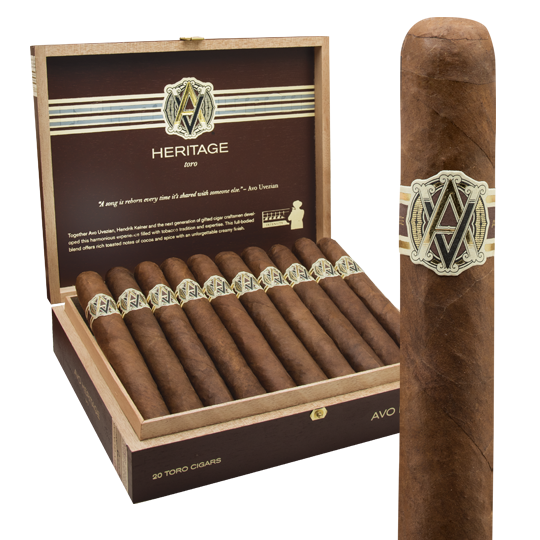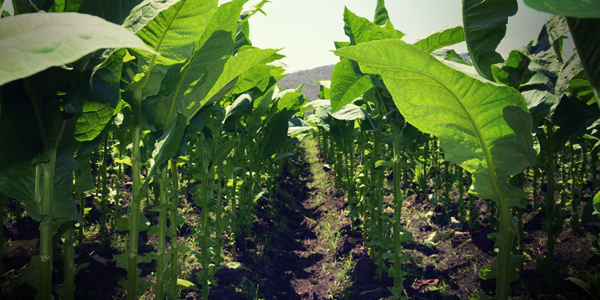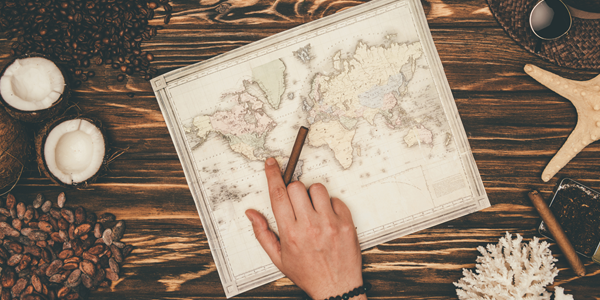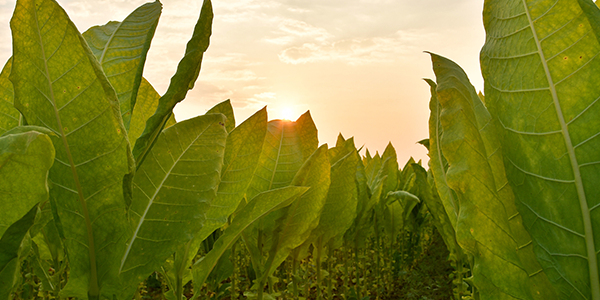What Is Hybrid Tobacco?
It’s a little bit like Frankenstein’s monster. Or maybe more like the labradoodle. Hybrid cigar tobacco is created by taking genes from one tobacco plant and combining them with the genes from another. And sometimes the results end up, mostly as wrapper leaf, in some of your favorite cigars.
Cross-Pollination
The lengthy (usually more than seven years) and expensive process by which hybrid tobaccos are created can be as simple as copying nature. Think back to high school bio class and Gregor Mendel (you can look it up). Bees pollinate the flowers of tobacco plants by transporting the pollen of the male plant to the female plant. In places like Ecuador, farmers have workers mimicking the bees by uncovering the flower and swabbing the stamen of the male plant. They then touch the pistil of the female plant, essentially fertilizing it. Now, the female plant’s seeds will have genetic traits from both plants. Could this be the wrapper of your next favorite stogie?
Hybrid Tobacco in Cigars
One of the cigars made with hybrid tobacco is also one of the world’s most recognized cigars, the Davidoff Millennium. The name of the Davidoff hybrid is “P151.” The cigar is darker than Connecticut shade but lighter than Sumatra, and has a flavor all its own. The hybrid wrapper subtly amps up from the typical mild-medium Davidoff power to a solid medium strength. The result is an earthiness tinged with notes of oak, leather, and nutmeg, still retaining the brand’s trademark creaminess, but with a bit of spice.
Among the most commonly found, and most popular, hybrid cigar tobaccos is Habana 2000, also called Habano 2000, a hybrid derived from an original pairing of El Corojo tobacco and a mild Cuban cigarette tobacco, Bell 61-10. The very flavorful El Corojo tobacco was developed in the 1930s, but it was susceptible to disease. The last Corojo crop was planted around 1997, replaced by Habana 2000 in an effort to protect against disease. Habana 2000 is the third hybridization from the original crossing. Ultimately, the Corojo was made to dominate the cigarette tobacco. So, if you smoke Cuban cigars, you’re smoking hybrid cigar tobacco. (Or is it the case that once the original hybrid is around for a couple of harvest cycles, it’s no longer a hybrid? Hmmmm.)
Itinerant Seeds
The Cuban hybrid cigar tobacco seeds quickly found their way out of Cuba to places like Nicaragua. Nestor Plasencia, a Cuban exile who makes cigars and grows tobacco in Nicaragua and Honduras, is credited with planting the first crop of Habana 2000 in 1996.
"I was surprised at how it looked, and I was surprised at its resistance to blue mold," Plasencia said in a 1999 interview with Cigar Insider, a newsletter published by Cigar Aficionado. For Plasencia, the seed was a godsend. He went from losing entire crops to blue mold to losing 1 percent. "I would lose $10 million worth of tobacco in the barns to blue mold. I would have a very good crop in the afternoon, drive to Danlí [Honduras], and very early in the morning I'd go back to the farm and there was nothing."
The seeds have also made their way to Ecuador. Among the better examples of Habano are the Avo Heritage and the Ashton Heritage Puro Sol, both of which use Ecuador Habano wrappers. There’s a distinct chocolate note. The Kristoff Criollo has Cuban-seed Criollo wrappers over Dominican and Nicaraguan fillers. The cigars are relatively spicy and medium to full-bodied with notes of chestnuts, cedar, cashews, and black pepper. The finish is earthy and a bit tangy.
Other cigars use hybrid tobaccos, some with as many as four different combinations, but many cigar-makers are reluctant to reveal what seeds are used, saying that’s proprietary information.

